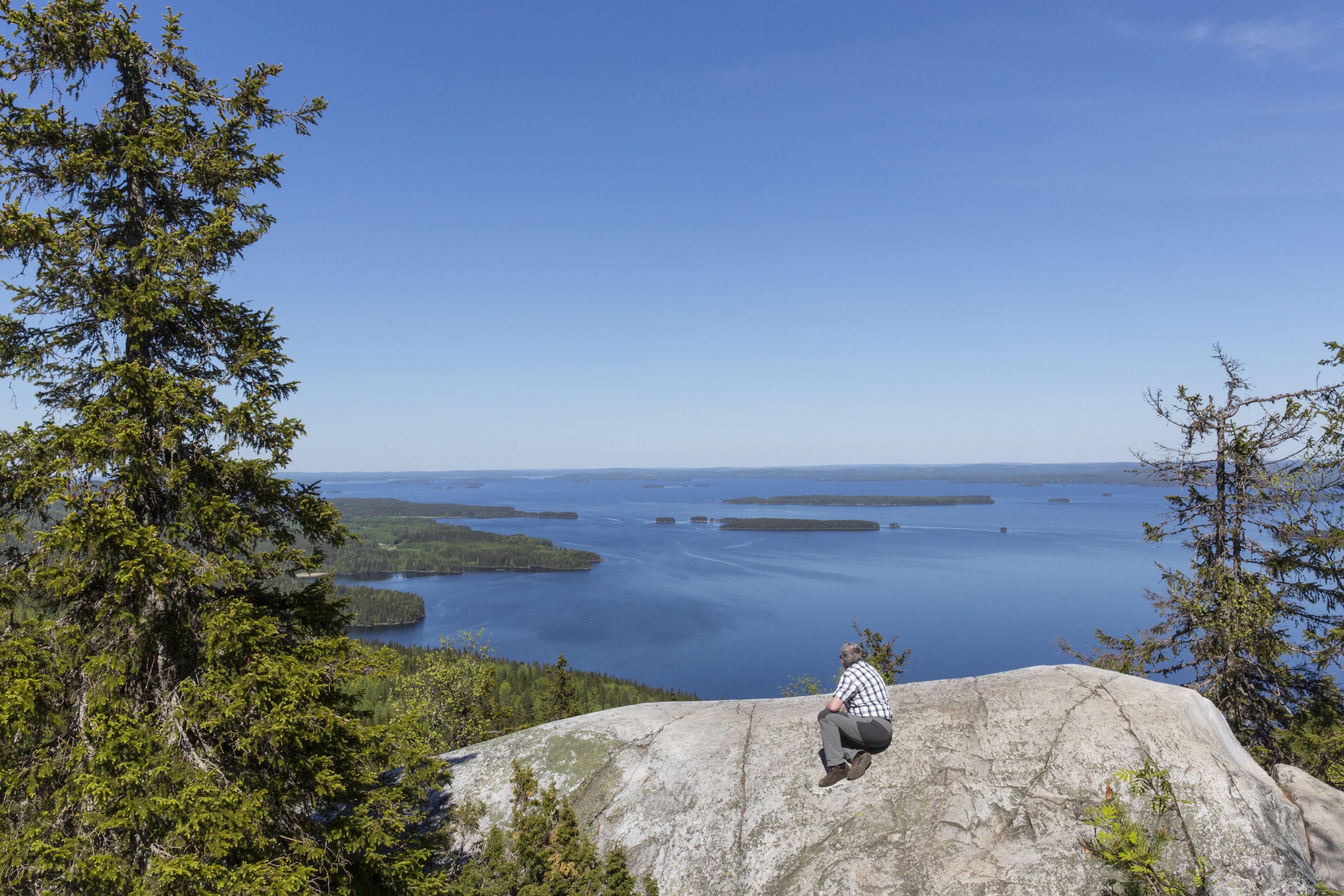Abundant and clean water resources
Finland has abundant water resources at its disposal. Clean, fresh water for plants, for our animals to drink, in food production and manufacturing, for cleaning production spaces, equipment, and personnel hygiene. Smart water utilisation in food production and hygiene is routine in the Finnish food production chain. Animal drinking water satisfies even household requirements. Clean water reduces the risk of disease, as pathogens thrive in poor quality water.

High quality drinking water
The microbiological quality of drinking water is generally high in Europe. Drinking water purifi-cation processes eliminate all health-damaging microbes from raw water, making drinking water safe. All surface water plants in Finland and several groundwater plants run chlorine disinfection. The raw water utilised in water treatment plants is taken from groundwater, surface water or man-made groundwater reservoirs, which are plentiful.
Groundwater quality is good
Groundwater quality is generally good in Finland. Nitrate sources in water bodies include fertilisers or the decomposition of nitrogenous substances, urban waste waters, and mire drainage. Nitrogen is among the main plant nutrients not normally present in large quantities in surface water bodies. Finnish tap water is drawn from raw water e.g. ground and surface water reservoirs, and is also used in the food manufacturing industry.
Abundant water reserves
Finland uses only 3 % of its freshwater reserves annually, while the same figure may reach 30–50% in certain densely populated regions in Central or Southern Europe. Finland also has many unex-ploited water resources open to utilization in food production and manufacturing.
Finland’s abundant water resources facilitate their sustainable use in terms of quantity. From this perspective, it makes sense to locate water-intensive production, such as plant cultivation, in Finland. Agriculture accounts for around 5 % of the total use of water in Finland, whereas the average figure worldwide is around 70 %.
Surface water quality good
Over 80 % of Finland ́s lake and sea areas are superior or good in terms of surface water (eco- logical status, colour map, chemical status scores). Regional differences in the status of waters are considerable. The ecological status of large lakes and especially waters in Northern Finland is, for the most part, good or high.
Small Water footprint in food production
Food produced in Finland has a small water foot-print in relation to the country’s water resources. Our abundant water reserves enable the use of clean water at the different stages of food pro-duction. Around 2 % of renewable fresh water resources are consumed yearly in Finland, while in the worst water crisis areas the figure is close to 100%.We can grow crops that require watering in larger areas. Globally, Finland is one of the regions where water intensive food production, such as greenhouse cultivation and meat production, can be increased in the future. There would be no significant negative effects on our water economy or through water consumption to our ecosystems.
The water footprint measures the amount of water used to produce each of the goods and services we consume. It can be calculated using different methods and, for instance, in terms of a single process, product or nation.The water footprint looks at both direct and indirect water, and includes water consumption and pollution throughout the full production cycle from the supply chain to the end-user.